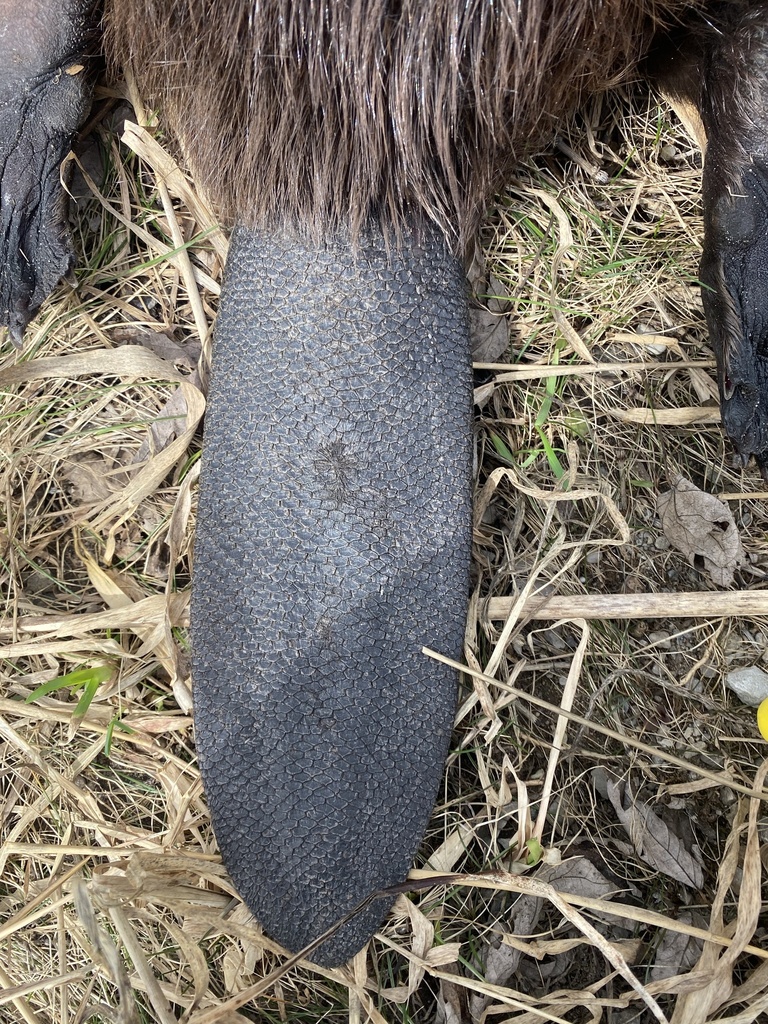Anyone who has driven County Rd. #6 between Kirkfield and Lake Dalrymple can be forgiven for thinking the landscape looks out of the ordinary and even a bit desolate. What they are seeing is in fact quite uncommon. Most of Carden Township contains alvars, a globally-rare habitat featuring flat limestone bedrock, dotted with lightly wooded habitats. Alvars are found in only a few places in the world (Sweden for example) and in Ontario, they can be found in a couple of areas such as Manitoulin Island and Carden Township. To have such an unusual and fascinating landscape so close to Lindsay and Orillia is something we can be proud of.
Alvars are areas of relatively flat limestone bedrock where soils are thin or non-existent. They support a distinctive set of plants including many species more commonly associated with western prairies. Alvars are also home to a wide variety of birds, many of them not seen commonly elsewhere.
Trees have a difficult time surviving in the harsh conditions of alvar areas, and the ones that do survive are usually stunted.
In the summer, alvars are very hot, dry, and windy areas resulting in almost drought-like conditions. Winters are cold and also very windy, often blowing protective snow cover off vulnerable plants. In the spring, most alvars collect water in shallow pools and bedrock pockets, and may remain flooded for weeks. This combination of flooding and drought as well as shallow soils prevents many trees from taking root. The benefit of these conditions is that grasses, sedges, shrubs, and other ground-hugging plants have a chance to thrive in the alvars.
At first glance, alvars may appear barren but a visit to Carden in May and June provides evidence to the contrary. There are about a dozen species of alvar specialty plants found there; plants that are rarely seen elsewhere. Probably the most visible symbol of the Carden Alvar is the Prairie Smoke (or purple avens). The purplish-grey, feathery seed heads of this plant are visible in the windswept grasslands in Carden. Joining the Prairie Smoke is a striking wildflower called Indian Paintbrush which features bright orange and yellow flowers on long stems.
The Carden Alvar is also an Important Bird Area so designated by Birdlife International. The open grasslands and scattered small trees characteristic of some alvars are home to Ontario’s endangered loggerhead shrike. The shrike is a robin-sized bird that depends on the abundance of hawthorn shrubs growing in the open fields. Other birds benefiting from alvar habitats are upland sandpipers, bobolinks, brown thrashers, and a variety of sparrows.
The protection of alvars, including the extensive plains in Carden Township, is important because they are such rare habitats and they support many rare, plants, and invertebrates. Some alvar sites have ancient stunted trees, especially cedars, that are 300 to 500 years old.
There are also the potential economic benefits to the local communities as ecotourism destinations. For example, the Carden Nature Festival attracts more than 300 participants to its three-day event. These nature-lovers mostly join us from southern Ontario, especially the Greater Toronto Area. It has been estimated that the Festival brings about $50,000 to the local economy and some return at other times of the year for bird watching and other outdoor activities.
The Carden Nature Festival is scheduled for June 3-5, 2011 at the Carden Recreational Centre. On line registration will be available mid-January. For more information contact the Couchiching Conservancy at 705-326-1620.
Gayle Carlyle is the Outreach Coordinator for the Couchiching Conservancy which currently protects more than 9,500 acres of special natural lands. The majority of the protected lands are within the Carden Alvar area.

